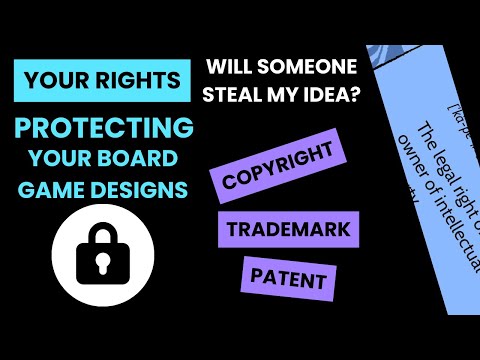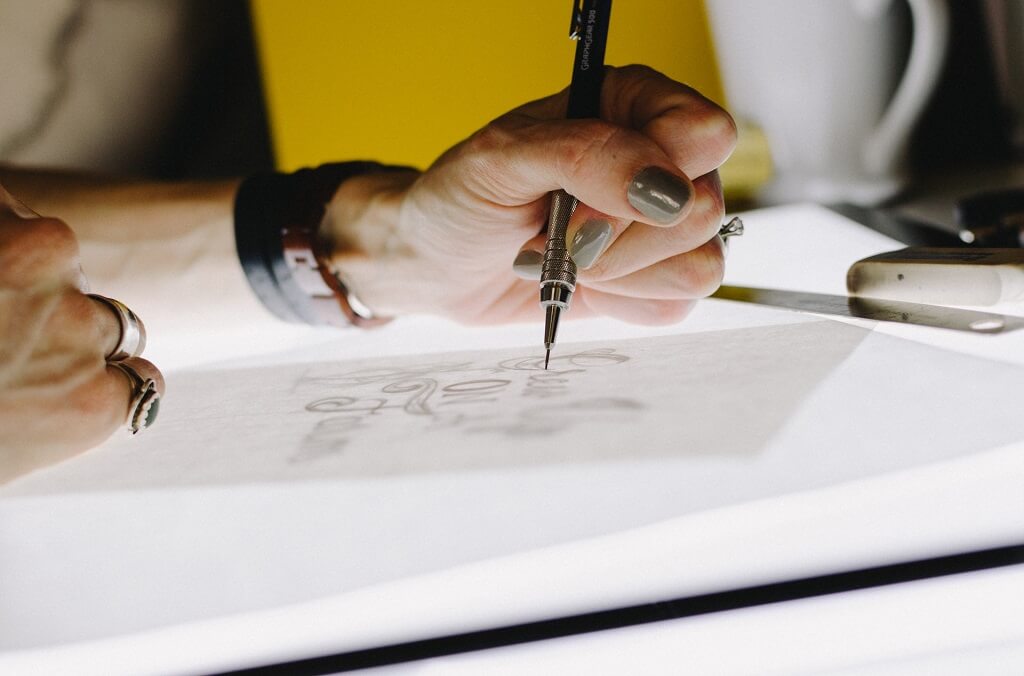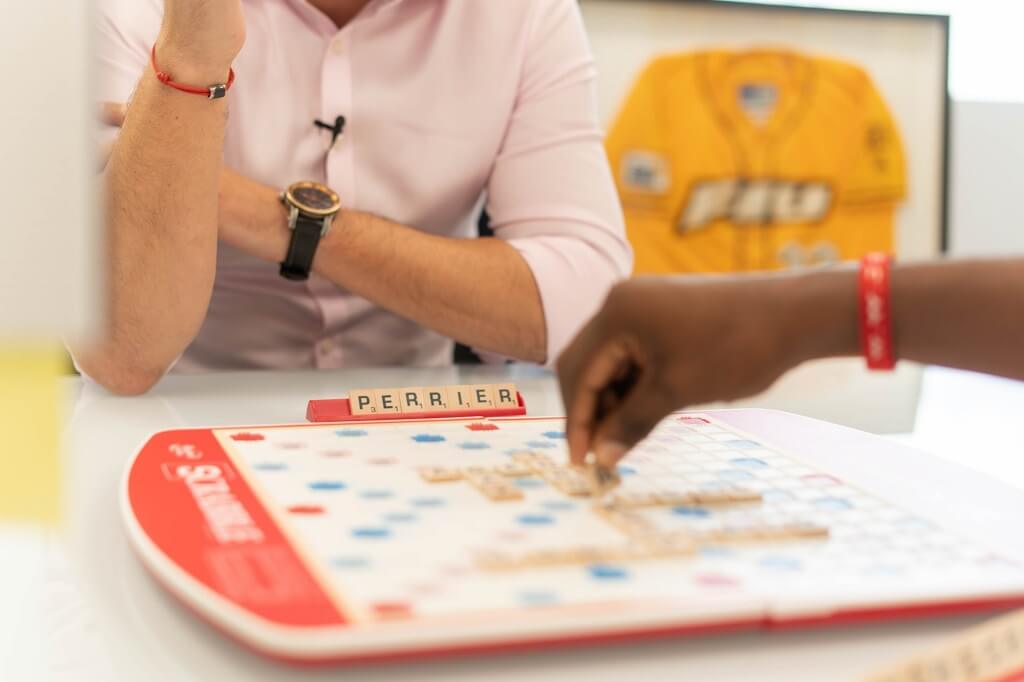Creating a board game is a thrilling experience — from brainstorming mechanics and designing artwork to testing prototypes and seeing your game come to life.
But before you share it with the world, one important step can protect your hard work from being copied: copyrighting your board game.
Table of Contents
1. Understanding What Copyright Protects
Before diving into the registration process, it’s crucial to understand what copyright does and doesn’t protect in a board game.
Under the U.S. Copyright Act (Title 17 of the U.S. Code), copyright protection applies to original works of authorship fixed in a tangible medium of expression.
For board games, this includes:
- Text — rules, storylines, descriptions, and written instructions.
- Artwork — board illustrations, card designs, character art, and packaging visuals.
- Graphic layout — the visual arrangement of the board, symbols, and other design elements.
- Creative writing — names, lore, or thematic backstories written specifically for your game.
However, copyright does not protect:
- Game mechanics or systems (e.g., rolling dice to move, drawing cards, trading resources).
- Ideas, concepts, or methods of play (e.g., “a fantasy card battle game” isn’t copyrightable).
- Short phrases, titles, or slogans (these may be protected by trademark, not copyright).
So while you can’t stop someone from making a similar type of game, you can stop them from copying your unique rules text, art, and creative expression.
2. Why You Should Copyright Your Board Game
Even though your game is automatically protected by copyright as soon as you create it, formal registration with the U.S. Copyright Office offers key advantages:
- Public Record: Registration creates an official record of your ownership.
- Legal Protection: You can file a lawsuit for copyright infringement in U.S. courts.
- Statutory Damages: If you register before infringement occurs, you can seek higher damage awards and attorney’s fees.
- Licensing & Publishing: Publishers often require proof of copyright ownership before licensing your game.
If you ever plan to commercialize or license your board game, registration is a smart and inexpensive investment.
3. Step-by-Step: How to Copyright Your Board Game
Here’s a simple, step-by-step process to help you register your board game with the U.S. Copyright Office.
Step 1: Determine What You Want to Copyright
You can copyright multiple elements of your board game, such as:
- The rulebook or text
- The artwork
- The board design
- The game cards
- The digital version of your game (if applicable)
You can register each element separately or combine them into one application if they were created by the same author.
Step 2: Prepare a Copyright Application
Go to the U.S. Copyright Office’s online portal and choose the appropriate form:
- Literary Work: For the game rules or text content.
- Visual Arts Work: For artwork, illustrations, or board/card designs.
- Work of the Performing Arts: For interactive or multimedia games (digital board games).
If your board game includes multiple creative components (like text + artwork), you can file it as a single claim under the category that fits best (usually Visual Arts or Literary Work).
Step 3: Fill Out the Application Form
You’ll need to provide:
- Title of the Work
- Author’s name and contact information
- Year of creation and publication date (if published)
- Ownership details (individual or company)
- Description of the work (e.g., “a fantasy adventure board game with original artwork and rulebook”)
Step 4: Pay the Filing Fee
As of 2025, the online filing fee is typically:
- $45 for a single author/claim.
- $65 for a standard application (multiple authors or works).
Step 5: Submit a Copy of Your Work
You’ll need to upload or mail a “deposit copy” of your game materials. Depending on your work type, this may include:
- A PDF of your rulebook
- High-resolution images of your board, cards, and components
- A digital prototype file (optional)
For unpublished works, you can mark it as “unpublished” and submit sample files instead of the full product.
Step 6: Wait for Approval
The registration process can take anywhere from 3 to 12 months, depending on volume.
Once approved, you’ll receive an official Certificate of Registration confirming your ownership.
4. Other Forms of Legal Protection for Board Games
While copyright protects your creative expression, it doesn’t cover everything about your game. Here are additional protections worth considering:
1. Trademark Protection
A trademark protects your game’s name, logo, and branding.
It prevents others from selling similar games under confusingly similar names.
You can file a trademark through the U.S. Patent and Trademark Office (USPTO).
Example: If your game is called Mystic Realms™, you can trademark that title and logo so no one else can use it.
2. Design Patents
If your board or components have a unique ornamental design, you may be eligible for a design patent.
This protects the physical appearance of your product for up to 15 years.
Example: If your game includes a distinctive 3D tower or mechanism, you might patent that design.
3. Utility Patents
If your game involves a new and non-obvious gameplay mechanism, you can apply for a utility patent.
However, this process is expensive (often thousands of dollars) and only worth it for truly novel mechanics.
Example: If your game includes an original dice mechanism or card-drawing system unlike anything else, you could patent it.
4. Non-Disclosure Agreements (NDAs)
Before sharing your game concept with others (publishers, playtesters, manufacturers), consider having them sign an NDA.
This legally prevents them from using or disclosing your ideas without permission.
5. How to Protect Your Board Game Internationally
If you plan to distribute your game outside the U.S., you can still rely on international copyright treaties.
The Berne Convention for the Protection of Literary and Artistic Works automatically extends your copyright protection to all 180+ member countries. You don’t need to register separately — your U.S. copyright will be recognized globally.
However, for trademark or patent protection, you’ll need to file separately in each target country or through international systems like:
- Madrid Protocol (for trademarks)
- Patent Cooperation Treaty (PCT) (for patents)
6. Tips for Protecting Your Game Before Publication
Even before formal registration, you can take simple steps to safeguard your creation:
- Document Everything — Keep dated notes, sketches, and digital drafts.
- Save Email Records — Communication with collaborators can prove authorship.
- Use Watermarks on shared digital files.
- Publish Strategically — Launch your game only after your copyright filing is complete.
7. Common Mistakes to Avoid
- Believing your game mechanics are copyrightable
- Forgetting to register both text and artwork
- Sharing your idea publicly before protecting it
- Using another game’s artwork or icons without permission
- Ignoring trademarks for your game title
8. Summary: Your Board Game Protection Checklist
| Protection Type | What It Covers | Where to Apply |
|---|---|---|
| Copyright | Artwork, text, rules, layout | U.S. Copyright Office |
| Trademark | Name, logo, branding | USPTO |
| Design Patent | Visual design of components | USPTO |
| Utility Patent | New game mechanisms | USPTO |
| NDA | Idea protection in collaboration | Private contract |





